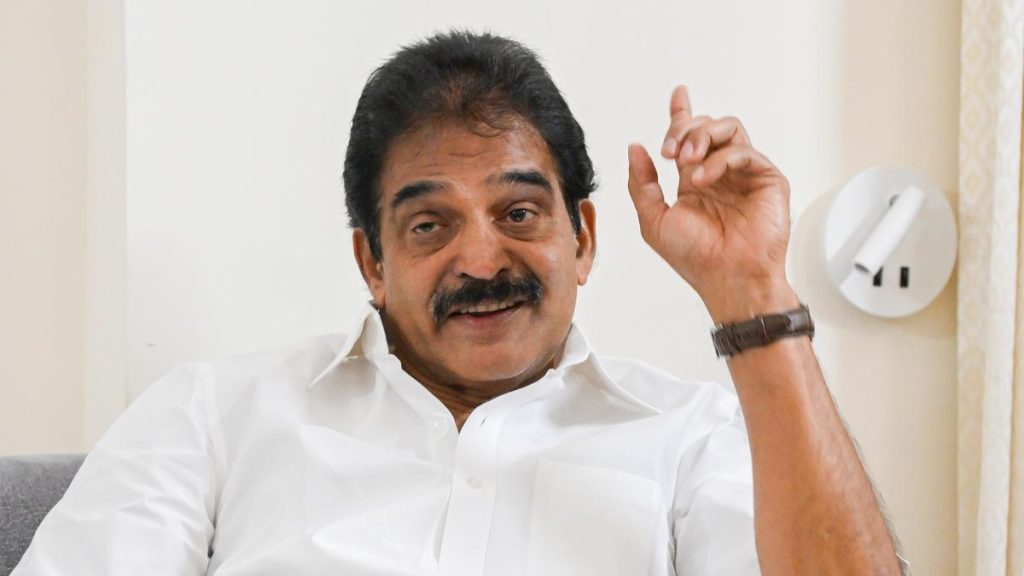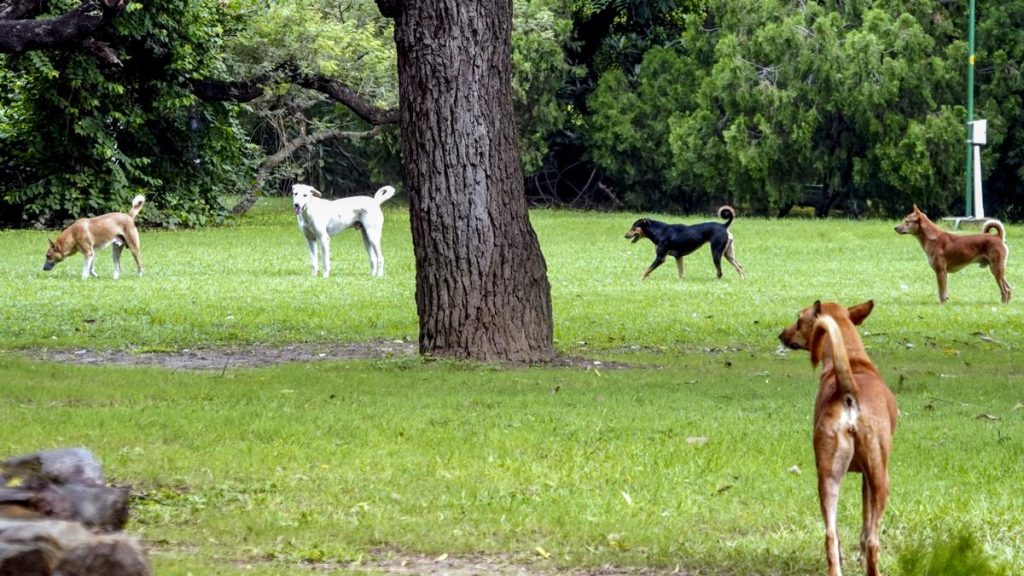Now Reading: Land and Lives: A Political Activist’s Visual Chronicle
-
01
Land and Lives: A Political Activist’s Visual Chronicle
Land and Lives: A Political Activist’s Visual Chronicle
Swift Summary
- An exhibition titled ‘Of Lands, Lives and Lores’, showcasing photographs by Vijoo Krishnan, politbureau member of CPI(M), was inaugurated at the Lalithakala Akademi Art Gallery in Kozhikode on August 28, 2025.
- The exhibition is the first photographic display by Mr. Krishnan, who is also the general secretary of the All-India Kisan Sabha.
- Brinda Karat, veteran CPI(M) leader and former Rajya Sabha MP, opened the exhibition. She described Mr. Krishnan as a “professional revolutionary” rather than a professional photographer.
- the photographs were captured during Mr. Krishnan’s political travels across towns and villages in India and beyond borders, emphasizing themes such as workers’ dignity and everyday rural life.
- Influences cited by Mr.Krishnan include renowned photographers Sebastiao Salgado, Sunil Janah, and Alberto Korda; he expressed a preference for black-and-white photography.
- Introduced to photography in childhood through cameras gifted by family or comrades; his practice notably expanded with mobile phone technology allowing frequent captures on-the-go.
- Local CPI(M) district secretary M. Mehboob and footballer C.K. Vineeth were among those who attended the event.
Indian Opinion Analysis
The exhibition highlights Vijoo Krishnan’s dual engagement with art and activism-melding political work with visual storytelling to bring India’s grassroots struggles into focus via photography. His long-standing association with farmer issues through CPI(M)’s All-India Kisan Sabha adds depth to his choice of subjects: workers’ dignity and rural landscapes often overlooked in mainstream narratives.
From an analytical viewpoint, using photography as an extension of activism could offer alternative avenues for creating awareness around socio-economic inequities without relying solely on speeches or documentation common within Left politics. By showcasing human-centric themes influenced by internationally iconic photographers like Sebastiao Salgado-a well-known social documentarian-the effort gains artistic importance alongside its ideological intent.for viewers familiar or unfamiliar with agrarian concerns that shape india’s economy but receive limited exposure visually, this exhibition may serve as both aesthetic reflection and social critique grounded firmly in grassroots realities.
Read more: https://www.thehindu.com
























